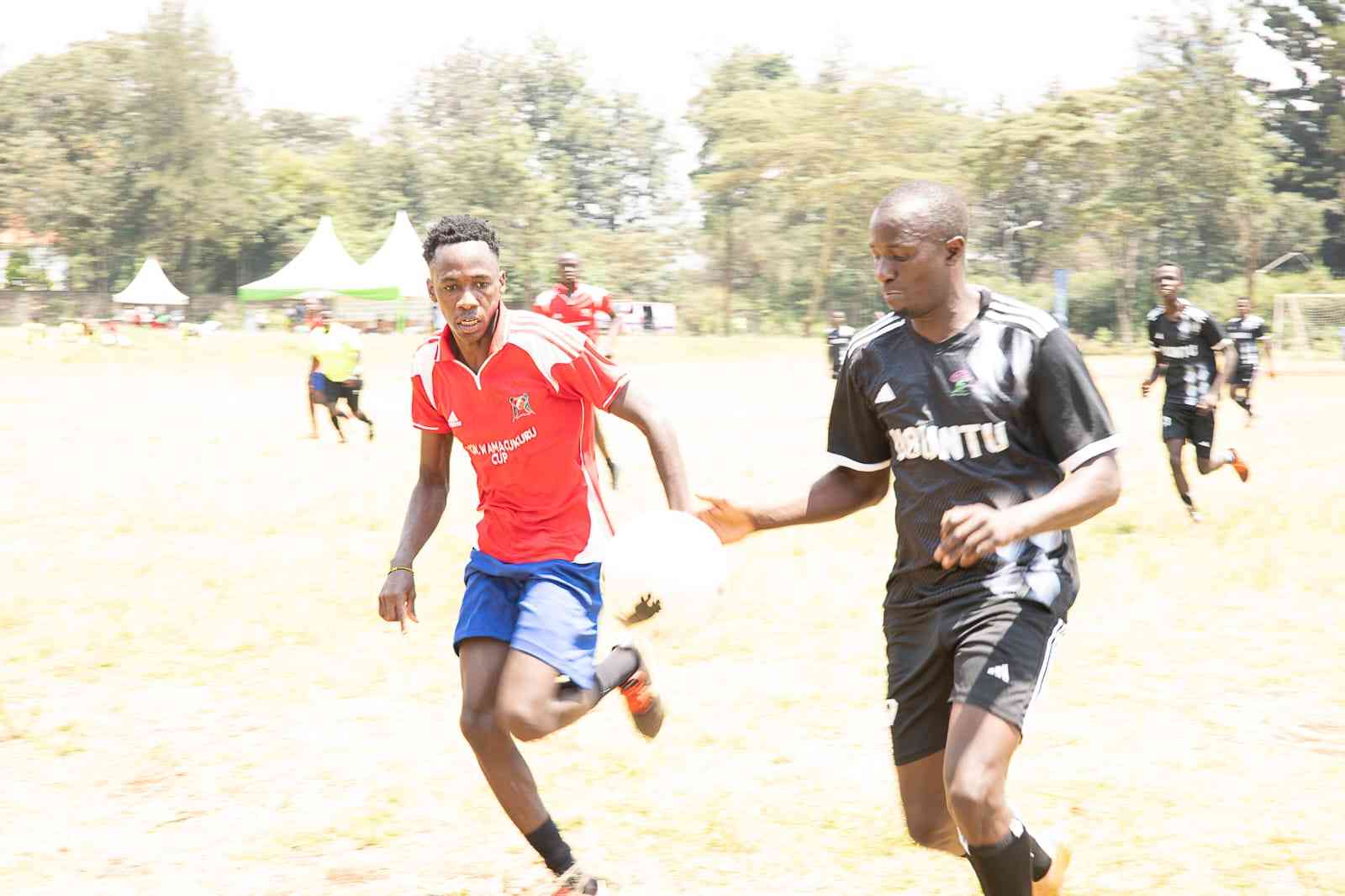By AUGUSTINE ODUOR
Nairobi, Kenya: Nairobi Primary School topped institutions with the best learning environment.
Furaha Primary School of Wajir County, Al-Fowzam Primary of Mandera County and Serani Primary of Mombasa County followed in ranking. Agai Primary School in Kisumu was followed by Endebes Centre in Trans Nzoia and St Mary’s Girls Primary in Nakuru County.
Other institutions that were recognised for implementing child-friendly environment were Ayany Primary School in Nairobi, Kalachu Nomadic Pastoralist Primary in Marsabit County and Makonge Primary in Kakamega County.
These are just a few of the 25 schools the minister said were recognised for their role in ensuring that schools are child-friendly.
This is the first time schools have been recognised during the release of national examination results for their roles in creating a holistic learning environment, other than academic excellence. Education minister Mutula Kilonzo said his ministry has been working to de-emphasise examinations.
He said the ministry has developed other parameters to recognise and reward teachers and schools.
“To this end, my ministry has come up with some parameters for meriting schools’ holistic performance alongside academic performance,” he said.
Pupils ratio
Other tools the ministry was looking at include leadership and governance, co-curricular activities, infrastructure, physical facilities and environment management.
Using Child Friendly School Monitoring Tool as the guide, this means schools scored highly in having a friendly classroom.
Here, the percentage of boys and girls actively participating in the lessons was looked into together with the textbook-pupil ratio.
Also the availability and use of teaching and learning using locally available resources, competence and availability of teachers and teacher-pupils ratio was considered.
Secondly, the schools had the best safety plan and their ability to protect the child was highly placed.
The schools must have had first aid kits, regularly done fire escape drills, erected a school fence, and have a well-rated emergency preparedness.
Stay informed. Subscribe to our newsletter
Promotion of equity and quality in the learning environment is another area in which the schools scored highly.
Here, the school development plan aimed at addressing children’s needs, proportion of teachers trained in special education, availability of disability-friendly facilities and equipment were assessed.
The 25 schools were also assessed and found to have the best boys and girls equal treatment during teaching, sitting arrangement, assignment and access to materials.
During release of results, secondary school teachers who will have done well will also be awarded under the Principal of the Year Award.
Kilonzo said already a team has been put in place to review the curriculum under the Kenya Institute of Curriculum Development.
“It has been tasked to propose ways in which talents and other vital skills and attributes can be included in the curriculum in a manner in which they can be assessed and recognised by examination council in future,” he said.
Also looked into to rank the 25 schools was how they had implemented health and nutrition programme, which include the ratio of latrines for girls and boys, whether the toilets are properly maintained, and access to safe and clean water.
Also checked was the provision of nutrition services such as school feeding, deworming and provision of vitamin A supplements.
 The Standard Group Plc is a
multi-media organization with investments in media platforms spanning newspaper
print operations, television, radio broadcasting, digital and online services. The
Standard Group is recognized as a leading multi-media house in Kenya with a key
influence in matters of national and international interest.
The Standard Group Plc is a
multi-media organization with investments in media platforms spanning newspaper
print operations, television, radio broadcasting, digital and online services. The
Standard Group is recognized as a leading multi-media house in Kenya with a key
influence in matters of national and international interest.
 The Standard Group Plc is a
multi-media organization with investments in media platforms spanning newspaper
print operations, television, radio broadcasting, digital and online services. The
Standard Group is recognized as a leading multi-media house in Kenya with a key
influence in matters of national and international interest.
The Standard Group Plc is a
multi-media organization with investments in media platforms spanning newspaper
print operations, television, radio broadcasting, digital and online services. The
Standard Group is recognized as a leading multi-media house in Kenya with a key
influence in matters of national and international interest.








